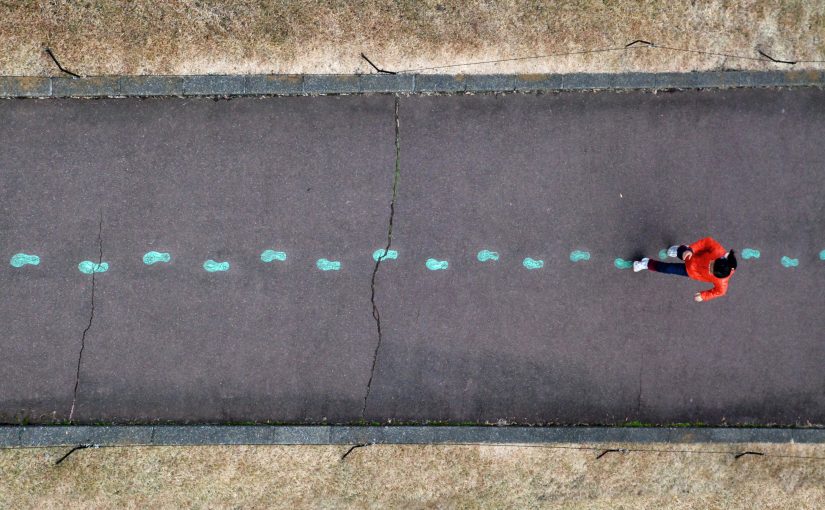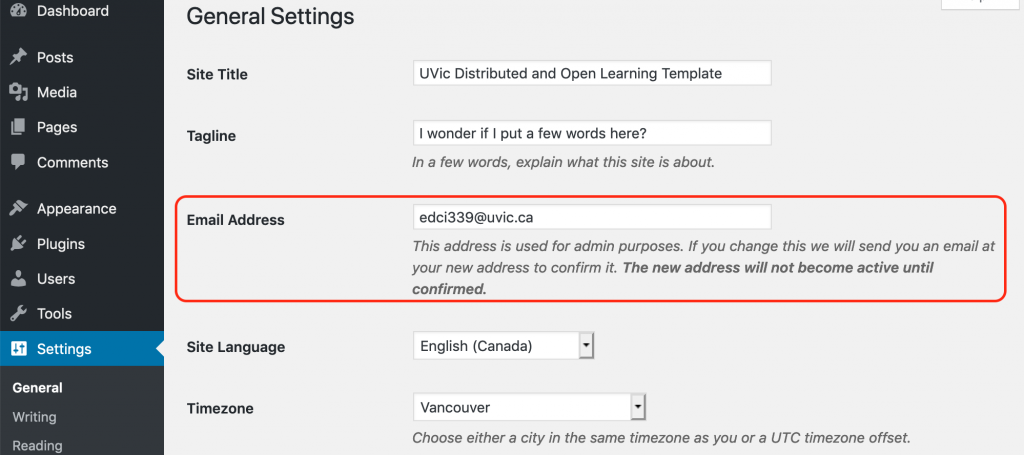There are hundreds of digital web tools have been created with the purpose of helping student study online. Here are 3 tools that I think really help.

Edmodo is an educational tool that connects teachers and students and is integrated into social networks. In this regard, teachers can create online collaborative teams that manage and deliver educational materials, measure student performance, communicate with parents, and other functions. With more than 34 million users, Edmodo has built a learning process that is richer, more personalized and combined with the opportunities presented by technology and the digital environment. (Chauhan,2018)When the first I came to Canada, because of the language, I always can not follow the teacher. But the good thing for these tools is that I can review the things I missed online, I did not need to bring the recording pen to remember the class.
ClassDojo is a tool to improve student behaviour: teachers provide their students with instant feedback so that good disposition in class is ‘rewarded’ with points and students have a more receptive attitude towards the learning process. ClassDojo provides real-time notifications to students, like ‘Well Done Tammy!’ and ‘+1’, for working collaboratively. The information that is collected about student behaviour can be shared later with parents and administrators through the web. (Chauhan,2018)I have been using that in my high school, it is helping my mom can also know my grade and classroom performance, even she was in a different country.
Kahoot! is an educational platform that is based on games and questions. Through this tool, teachers can create questionnaires, discussions, or surveys that complement academic lessons. The material is projected in the classroom and questions are answered by students while playing and learning at the same time. Kahoot! promotes game-based learning, which increases student engagement and creates a dynamic, social, and fun educational environment. (Chauhan,2018) It is really fun to use, I can go through the game to study, it is especially good for remembering vocabularies.
Chauhan, A. (2018, April 02). 11 Digital Education Tools For Teachers And Students. Retrieved from https://elearningindustry.com/digital-education-tools-teachers-students

